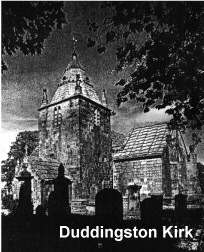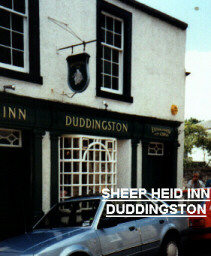|
|
|
Perhaps the best known and certainly one of the best loved paintings in the collection is Sir Henry Raeburn's portrait of The Reverend Robert Walker Skating on Duddingston Loch - an affectionate portrayal of mild eccentricity and serene contentment. |
|
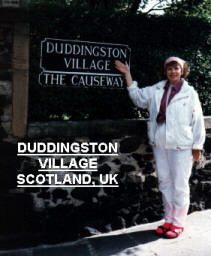 |
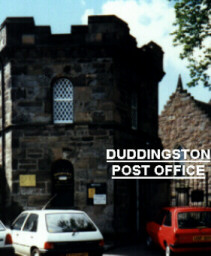 |
| DUDDINGstON, a parish, in the county of Edinburgh. This place derived its name, anciently Dodinston, from the family of Dodin, to whom it belonged in the reign of David I., and of whom Hugo, filius Dudini de Dudineston, appears as witness to a grant of lands to the canons of Holyrood. The manor was subsequently the property of the Thompson family, of whom Sir Thomas was created a baronet by Charles I. in 1637. | 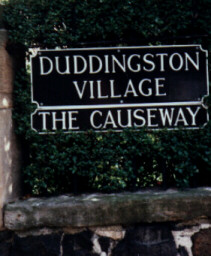 |
 |
|
|
More Paintings click here: Duddingston Loch, Edinburgh - by D.F.Semple |
|
 |
Duddingston Village has been settled since the 12th century. Once a busy weaving centre, it produced a coarse linen cloth known as "Duddingston hardings". Ancient civilization terraces can be seen behind the village below Arthur's Seat, and late bronze age artifacts were found in the Loch in 1776. |
|
Duddingston dates from the 12th century and owes its existence to the Early church built on an elevation above the loch by the Abbot of Kelso, who had been gifted land by David I. On that same pleasing site today is Duddingston Kirk, a characterful Norman building which is one of the oldest churches in Scotland still in use. To the left of the main entrance is a little two-story tower now called the Session House. But anyone familiar with Edinburgh's history will recognise it for a graveyard watch tower -- from which elders of the Kirk took turns to repel those body-snatchers whose trade in illegally acquired corpses made infamous the medical schools of 19th-century Edinburgh. To the right of the entrance is a "loupin-on-stone" (a mounting block for horse riding parishioners) and the less charitable "joug's collar" -- an iron collar and chain used to exhibit and humiliate 17th-century sinners, whose offences might include blasphemy, adultery, drunkenness and failure to attend church regularly. |
There is a house in the cobbled Causeway of Duddingston Village which was occupied by Charles Edward stuart on the night before his most famous success. While his army camped on the flat ground to the east of the village, Bonnie Prince Charlie planned the strategy which was to defeat the Hanoverian troops of General John Cope and encourage the Jacobites to believe in the future of their doomed rebellion of 1745. Duddingston Manse was once the home of the landscape painter, the Reverend John Thomason, Minister from 1805-1840. Famous visitors included J.W.M. Turner and Sir Walter Scott an Editor of the Kirk who wrote part of Heart Midlothian in the Manse garden. Today Duddingston is one of Edinburgh's best-preserved villages. Duddingston Loch is now a nature preserve and a Christmas card setting for ice skaters and curlers. And if their is any pub in Edinburgh which still has the weathered character of an old country pub, it must be the Sheep Heid Inn. |
|
|
|

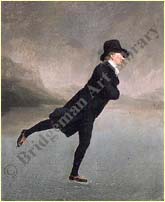 Reverend Robert Walker skating on Duddingston Loch, 1784 by Sir Henry Raeburn (1756-1823)
Reverend Robert Walker skating on Duddingston Loch, 1784 by Sir Henry Raeburn (1756-1823) 